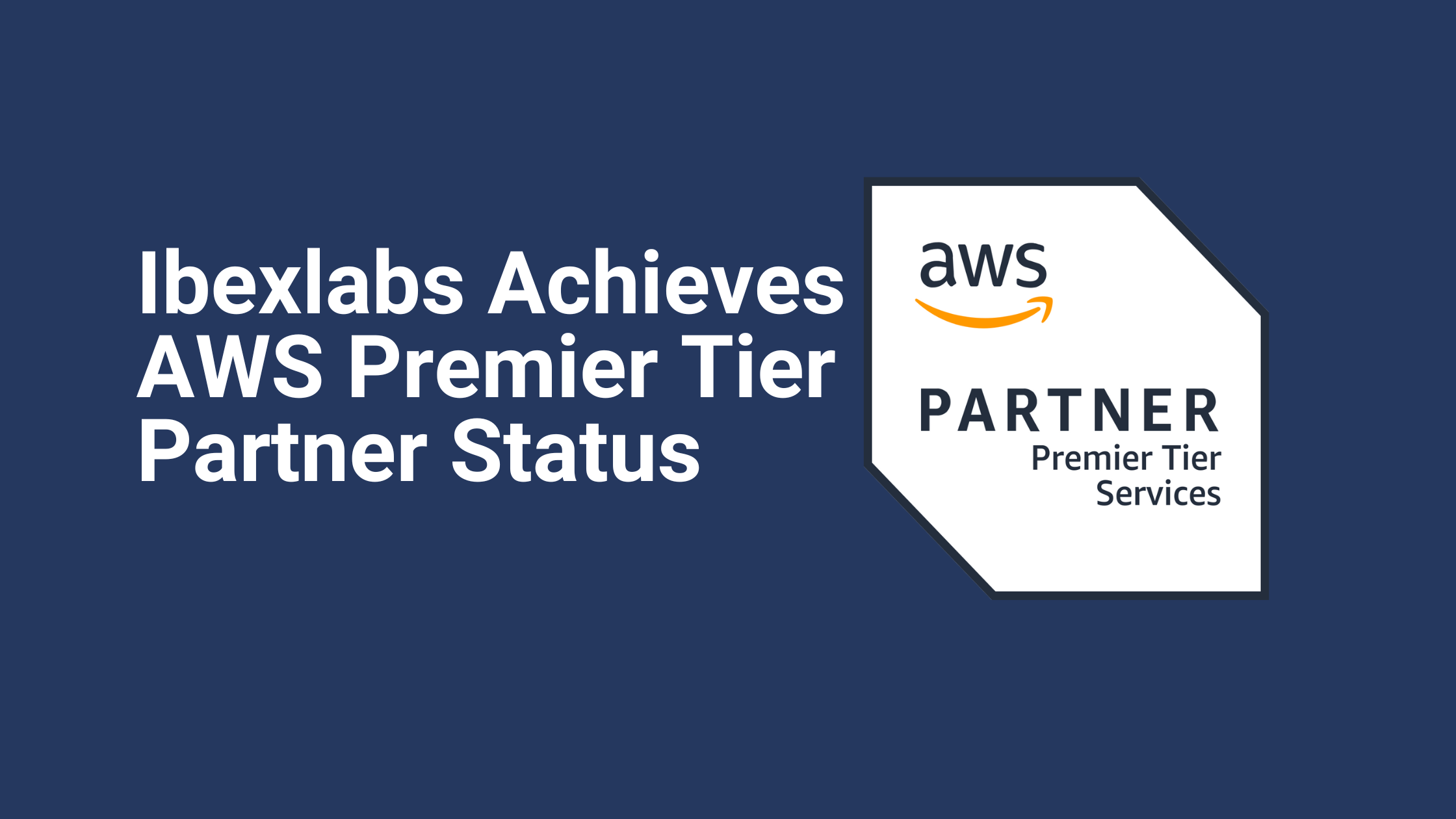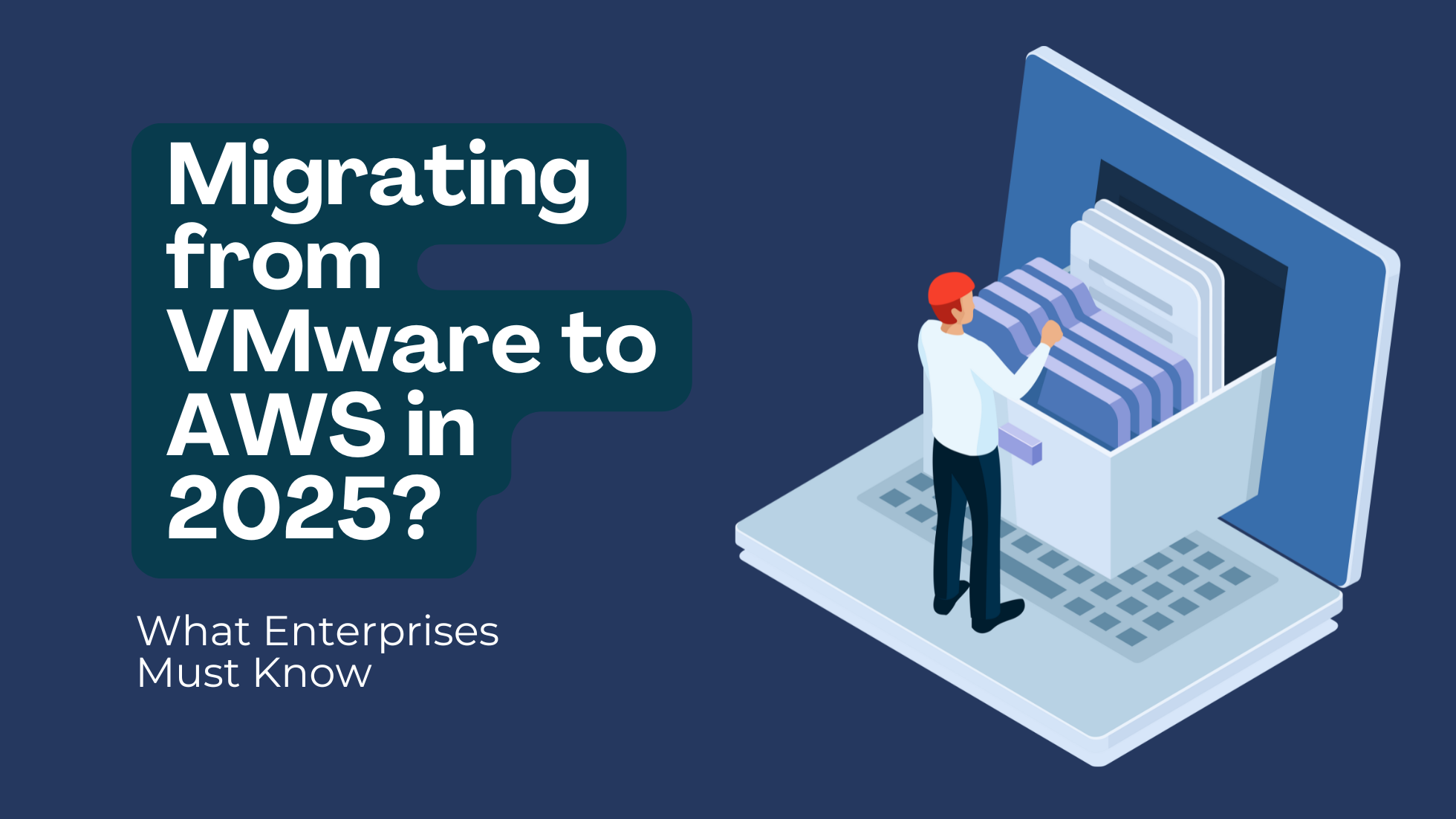Pillar #5 of the AWS Well-Architected Framework: Cost Optimization
Before you dive into Pillar 5 of our blog sequence on the AWS Well-Architected Framework blog series, catch up on Pillars 1-4 here first:
- Pillar 1: Operational Excellence
- Pillar 2: Security
- Pillar 3: Reliability
- Pillar 4: Performance Efficiency
When it comes to cost in the cloud, it’s a crucial factor of the equation that cannot be removed. Even with the most complex business objectives to achieve, cost is, and always will be, a determining factor when it comes to the bottom line. Setting up the perfect cloud environment is not necessarily easy—but if you follow a set of best practice guidelines than it becomes much simpler— creating an ideal cloud environment for your solutions within an allocated budget, on the other hand, is where the real challenge lies.Unlike conventional computing where the majority of your costs are upfront ones, cloud computing has a more evenly spread cost structure. Instead of one big investment, you pay a small fee on a regular basis. Which is why the Software-as-a-Service (SaaS) and pay-as-you-go cost structures work really well in the cloud, and they are already implemented in the AWS ecosystem.One of AWS’ most desirable selling points is that you will only ever pay for the resources you use. The big task ahead of us now is establishing the final pillar of the AWS Well-Architected Framework to run our infrastructure most efficiently: cost optimization.
Cost Optimization: A Continuous Process
The first and most important thing to remember about cost optimization is its continuous nature. You cannot optimize anything once and expect it to remain efficient; cost optimization is no different. As a part of the AWS Partner Network’s five pillars of AWS framework, cost optimization serves as a measure for continuous system improvement and refinement throughout its lifecycle. By measuring cost-effectiveness as a metric alongside your other performance analytics, the entire system can be made more cost-aware.There is an added bonus to that. The goal is not necessarily about creating the cheapest cloud environment. The goal is creating an environment that serves its purposes well—the environment needs to achieve its primary objective first—while minimizing costs in the process.For businesses, cost optimization leads to a higher return on investment (ROI), particularly to the IT ROI.
Pillar #5 of the AWS Well-Architected Framework: Basic Design Principles
So, how can an AWS cloud environment be made cost-efficient? There are a lot of approaches to take, which should definitely all include using tools like Amazon CloudWatch, AWS Cost Explorer, and centralized logging, as well as the AWS Trusted Advisor to provision your resources following AWS best practices. The service AWS X-Ray is just as handy if you want to dig deep to find further optimization options to explore.Everything, however, comes down to these five design principles, which are:
- Adopt a consumption model: As mentioned previously, the SaaS and pay-as-you-go business models work ideally for basic cost optimization, both from the user’s standpoint and that of the service provider. You only need to pay for the resources you use, and that is the best way to start building a cloud environment in an efficient way. Resource usage is calculated on an hourly, resource or instance basis and you can be very meticulous with how each service in your ecosystem is used. Your EC2 instance could clock 60 usage hours when your S3 instance shows 200 hours. Each instance is independent of one another, so you can be very efficient with how cloud resources are allocated and used. With this example, you are looking at an EC2 instance that runs 70% more efficient than a conventional, always running server.
- Measure overall efficiency: Every cloud environment, AWS in particular, is measurable. Every analytic that you may wish to be can be tracked and measured in great detail, making calculating and reviewing KPIs like return on investment and cost-to-benefit ratios very easy. In fact, measuring the overall efficiency of the cloud environment against real business outputs is something that can now be done in real-time with AWS.
- No more data center operation spending: One of the biggest cost elements of running your own server is data center maintenance. Maintenance-related costs such as power for the servers, new server racks, general cleaning, and maintenance are all completely eliminated from the moment you make the switch to an AWS cloud environment.
- Analyze and attribute expenditure: Don’t forget that you have the ability to run multiple cloud-based solutions in a single environment, all without losing track of the IT cost of each solution. Attributing expenses to each solution in the environment and keeping track of the revenue streams or value generated by that specific solution remains straightforward. You can always measure your IT ROI; it is that simple.
- Reduced cost of ownership: The lack of initial investment is only the start of additional cost benefits of using cloud computing. Since you don’t actually own the servers, there is no depreciation to worry about, no upgrade and maintenance costs to forecast, and certainly no financial risks to bear.
With AWS, you only have a clear monthly fee structure calculated by the number of resources you use which is laid out in your AWS Cost Usage and Reports. The simple cost structure allows for greater cost efficiency in different situations. It even has a hidden benefit that any growing business will appreciate: cost-efficient scalability.After migrating to AWS, there are no big leaps to make as you scale your cloud environment to meet growth requirements. Small or large increases are possible in direct response to traffic when you need it most, and you maintain complete control over the use of server resources at all times.Through careful planning and utilization of AWS’s cost structure, cost optimization becomes an ongoing process that is not only easy to perform but also very rewarding to the organization.To sign up for a Well-Architected Review with Ibexlabs, contact us here. As APN Partners, the team at Ibexlabs can assist in making business recommendations surrounding the implications of AWS work-based designs and infrastructure. Following the review, Ibexlabs will advise an organizational roadmap to scale your business in accordance with your short to long-term goals based on the AWS Well-Architected Pillars.AWS will also provide up to $5,000 worth of AWS credits for remediation for all customers who sign up with an AWS APN Partner for the AWS Well-Architected Program.Ibexlabs is an experienced DevOps & Managed Services provider and an AWS consulting partner. Our AWS Certified DevOps consultancy team evaluates your infrastructure and make recommendations based on your individual business or personal requirements. Contact us today and set up a free consultation to discuss a custom-built solution tailored just for you.









